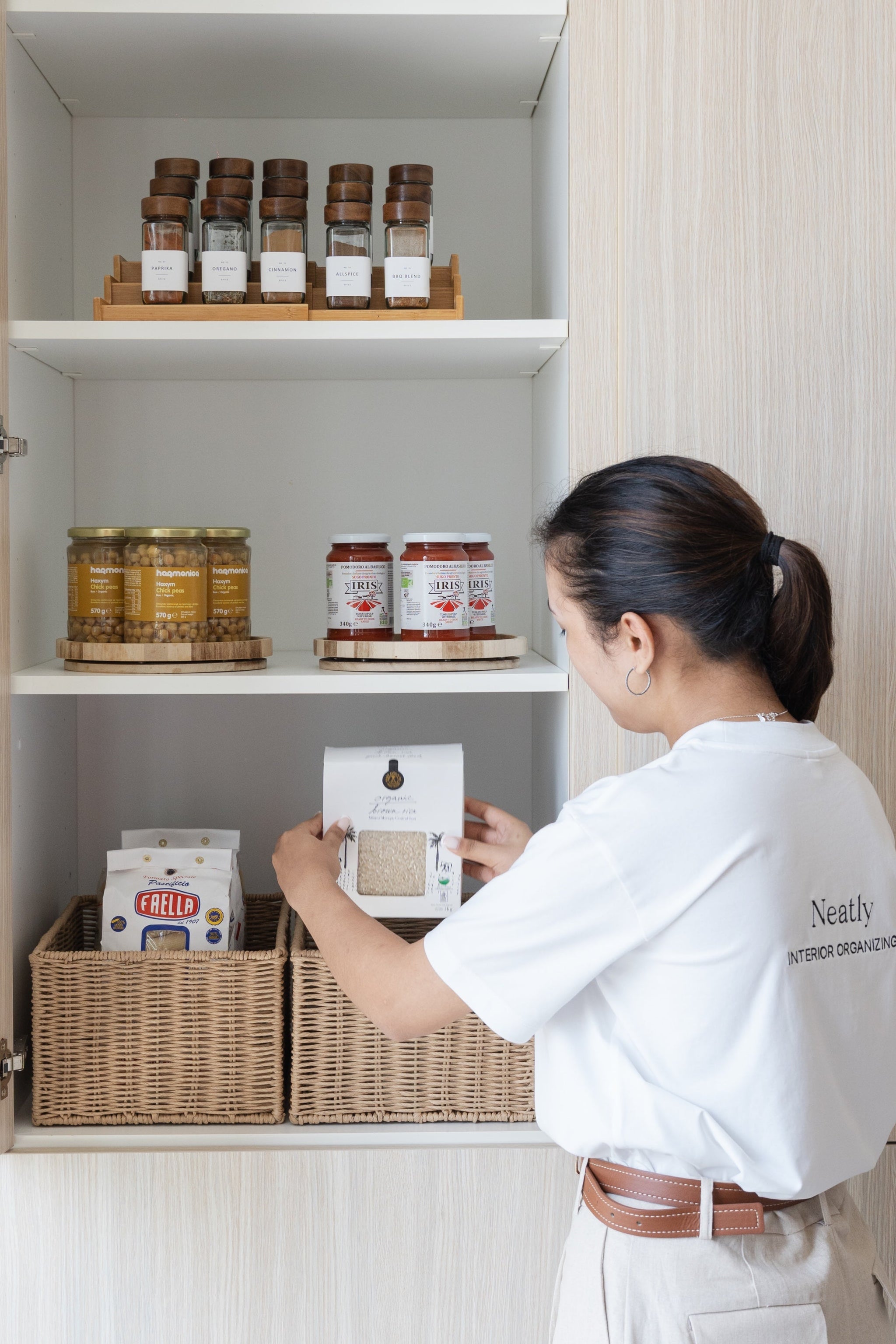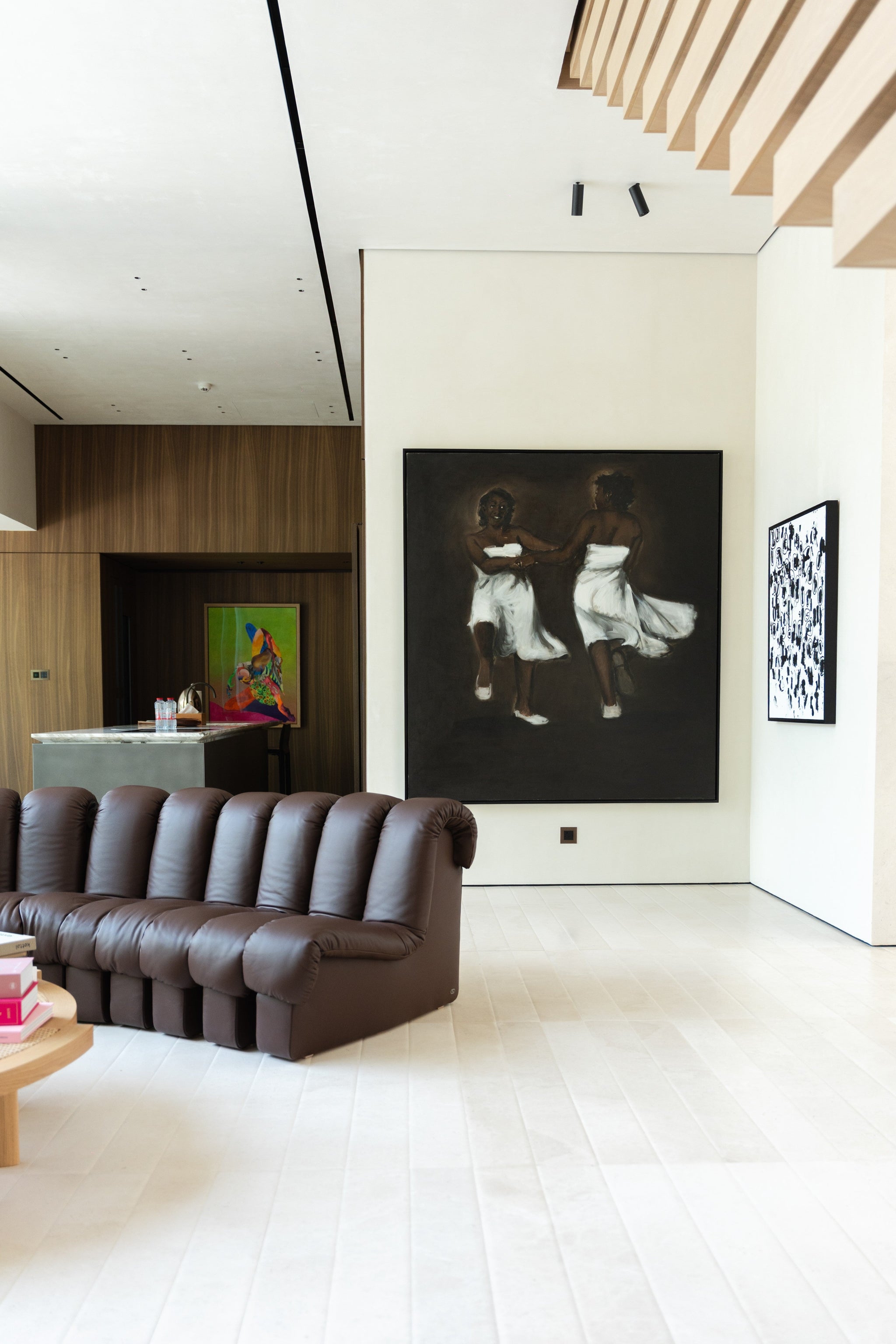
The first Step to Organizing any Space
(and why it matters more than you think)
When we think about organizing, our minds often jump straight to the end: labeled bins, folded towels, color-coded shelves. But in reality, the most powerful part of organizing comes before any of that.
It starts with clarity — understanding what the space is for, how it should feel, and how you actually use it.
Skipping this step is like trying to build furniture without instructions. You might get there eventually, but it’ll take longer, feel more frustrating, and probably won’t be as sturdy.
Let’s walk through how to take that first — and most important — step with intention, so you can stop spinning your wheels and start seeing real results.
Sara Baccianti
Why this Step is so Crucial
Before we jump into the how, here’s why this matters:
· It reduces overwhelm by giving you a clear direction.
· It saves time by helping you make faster decisions about what stays or goes.
· It prevents rebound clutter because you’re organizing with purpose, not just aesthetics.
· It makes your space work for you — not for Pinterest, not for trends, just for your real, everyday life.

Step-by-Step: How to start organizing any Space
Whether you’re working with a full room, a drawer, or just a surface — here’s how to take that all-important first step.
Step 1: Define the Purpose of the Space
Ask yourself: “What is this space meant to support in my life right now?”
Try writing it down in one clear sentence:
· “I want this space to help me focus on work without distraction.”
· “I want my closet to make getting dressed feel easy and stress-free.”
· “I want this kitchen to support fast, simple meals during the week.”
Pro tip: Keep it specific and relevant to your current season of life. Your space should evolve with you.
Step 2: Notice the Disconnect
Ask yourself: “What’s getting in the way of that purpose right now?”
This is your chance to observe without judgment. Don’t start organizing yet — just notice. Look at the space and take note:
· What items feel out of place here?
· What kinds of things keep piling up?
· Are there areas that feel too full, too empty, or simply chaotic?
Try this: Stand in the doorway and view the space like a guest would. What stands out? Where does your eye go?

Step 3: Identify your “must-haves”
Now, get clear on what the space should hold to serve its purpose well. Make a quick list of essential categories.
For example:
· Home office → Laptop, charger, pens, printer supplies
· Entryway → Keys, shoes, jackets, outgoing mail
· Bedroom → Clothing, bedding, sleep essentials
These are your non-negotiables. Everything else is up for review.
Step 4: Set a Simple Goal for the Session
Now that you’ve clarified the purpose and core items, pick one small organizing goal — something achievable in 30–60 minutes. Examples:
· Clear off your desk surface
· Declutter one drawer in the kitchen
· Remove anything that doesn’t belong in your closet
Why small is better: Starting with a tiny win builds momentum — and confidence.
Step 5: Create a “not now” Bin
As you begin sorting, you’ll find things you’re not sure about yet. That’s okay — you don’t have to make every decision today.
Have a labeled box or bin nearby for items that:
· Belong somewhere else
· Might be donated, but you’re unsure
· You’re just not ready to part with
This keeps you moving and protects your focus.

Bonus: Questions to keep you grounded
As you organize, return to your purpose and ask yourself:
Does this support the way I want this space to function?
Do I use this regularly?
Would I buy this again today?
Is this helping or holding me back?
These questions make decision-making easier and more intuitive.
Final Thought: Organizing is a Process — not a Project
There’s no finish line you have to sprint toward. Your space doesn’t have to be “done” in a day. Organizing is ongoing — and when you start from a place of purpose, it gets easier to maintain over time.
So before you reach for the labels and containers, pause.
Stand in your space.
Ask what it’s really meant to do for you — and let that guide your next step.
Because the most organized spaces aren’t the prettiest. They’re the ones that work — quietly and consistently — in the background of your life.
With calm and clarity,
The Neatly Team
